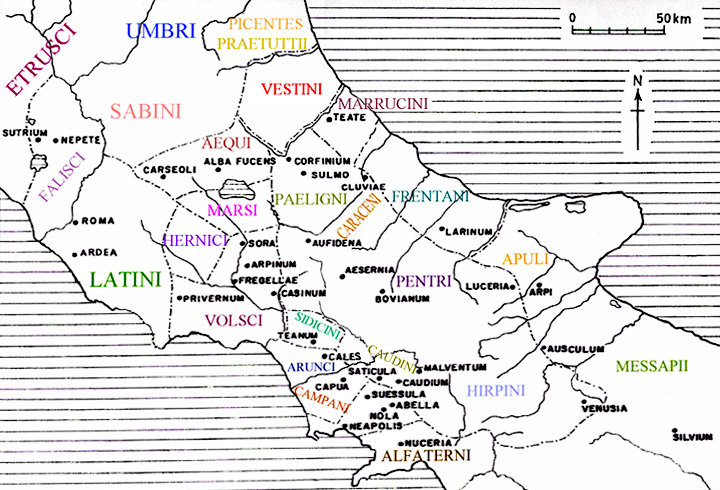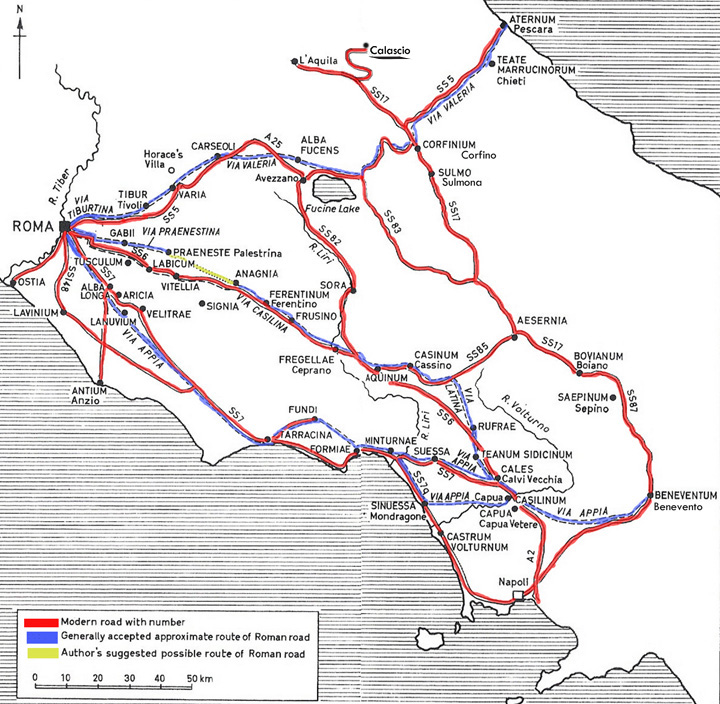Abruzzo History
The Paleolithic era to the Neolithic period
Humans have lived in the Abruzzo region for millions of years. The earliest dwellers were likely nomadic and survived as hunters during the Paleolithic era (Old Stone Age to 100,000 BC). The expanse of their living extended from the valleys to the mountains and to the Western Adriatic shoreline. In the Neolithic period (New Stone Age from 10,000 BC to about 2,000 BC) an agricultural economy existed and small villages were developed such as the settlements located at Catignano (Pescara Province) and Ripoli (Teramo Province) and, even in the hills around Calascio.

The Iron Age
The Iron Age (1,200 to 600 BC) in Abruzzo began the region’s long-history of sheep-farming and commenced with the arrival of people from today’s Central Europe as well as people of an Asian origin. A culture grew from the agricultural and pastoral industries. The Iron Age in Europe is recognized as the era when creation of weapons, farm implements and utensils were adopted for everyday use.
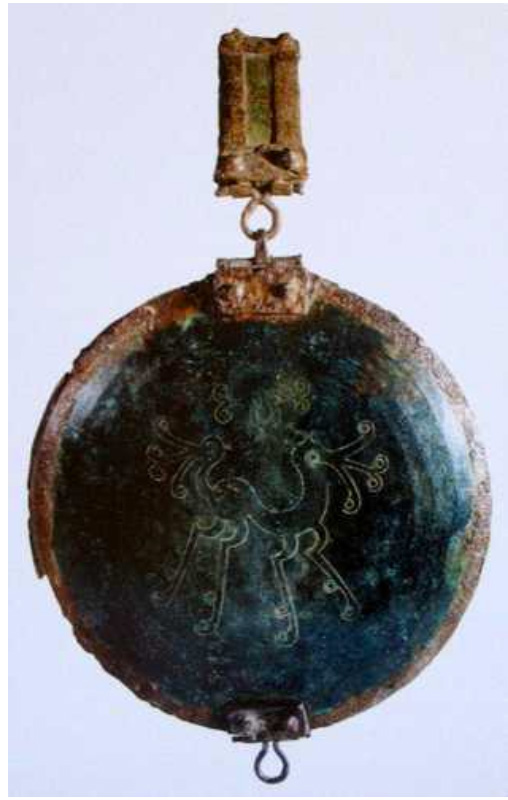
Ferro dalle necropoli dell’Abruzzo antico. Image Credit, www.beniculturali.it
Peoples of Northern and Central Italy
The Umbro-Sabellian peoples included the Volsci, Sabini, Aequi, Umbri, Marsi, Vestini, Frentani, and the Samnites. They spoke dialects similar to Latin. Umbrian was spoken in the north and Oscan was spoken in the south, including Abruzzo. The tribes of Abruzzo are anthropologically categorized as “Italic” peoples.
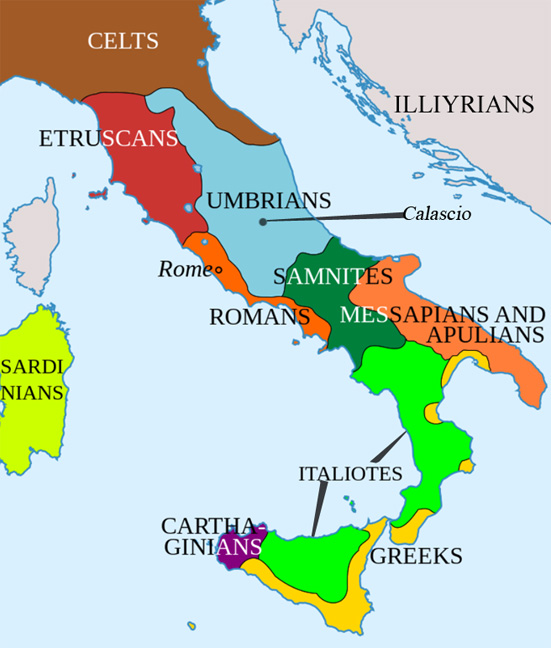
The Tribes of Abruzzo
The Italic people were divided into tribes. The area of today's L'Aquila Province (where Calascio is located) contained the Vestini tribe (the map on the right shows a division of regional tribes).
The regions of Abruzzo and Molise contain Iron Age artifacts of bronze armor. Dishes and drinking vessels have been unearthed in the two regions at funerary sites. Local pottery and metal from the Iron Age communities of eastern Campania and the coast of Abruzzo and Molise show their culture was resistant to outside influences. For more information on artifacts refer to the book, A Companion to the Archaeology of the Roman Republic.
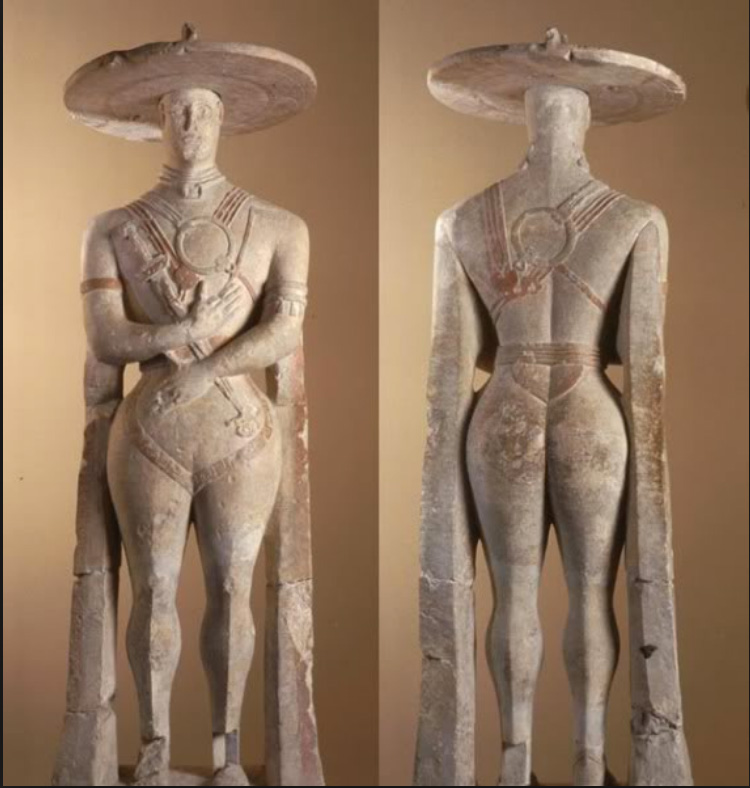
The “Warrior of Capestrano” is made of limestone and dates to the Sixth century BC. Discovered about 30 Km from Calascio, the statue is kept in the National Archaeological Museum at Chieti.
The Tribes of Abruzzo

The Romans in Abruzzo
Archeology from the Roman era in Abruzzo includes: a theater and amphitheater at Arniternuni (Amiterno) near L’Aquila; remains of the town Alba Fucens near Avezzano; the center of Juvanum in Montenerodomo in Chieti Province; the Sanctuary of Ercole Curino in Sulmona; Peltuinum at Prata d’Ansidonia (L'Aquila Province) and Corfinium, present-day Corfinio (L'Aquila Province) built on the via Valeria and once the capital of the Italic League. Other remains of the Roman era were found in the Abruzzo towns of Teramo and Atri.
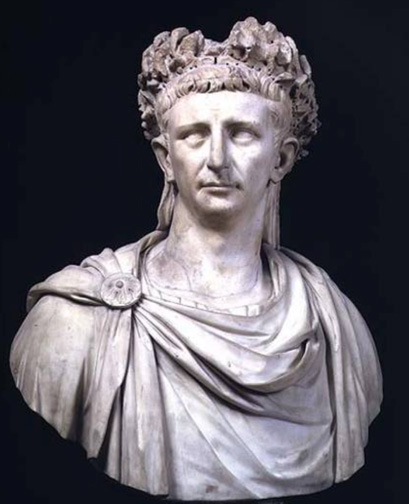
Bust of Emperor Tiberius “Claudius” Nero Germanicus who reigned A.D. 41-54. National Museum of Naples. Credit: www.kunstkopie.nl
Roman Expansionism in Abruzzo
The Romans built roads near Abruzzo, and as a result, new settlements were developed and existing towns were augmented with spas, theaters, temples and other works.
The partial draining of Fucinus Lacus (Lake Fucino) in today’s L'Aquila Province made way for construction of an artificial outlet (began in 41 A.D.) by Emperor Claudius. It functioned until the 6th century. Remains exist in the archaeological area of Incile near the town of Avezzano.
The Middle Ages in Abruzzo
The fall of the Roman Empire in 476 A.D. was followed by the conquest of the Lombards (568-774 A.D.) who ravaged nearly all of Italy taking the territory of Abruzzo and colonizing it with settlements. From a point in Northern Italy, the Lombards penetrated south and established duchies at Spoleto and Benevento. During the Middle Ages, Aprutium was the term used to refer to Abruzzo.
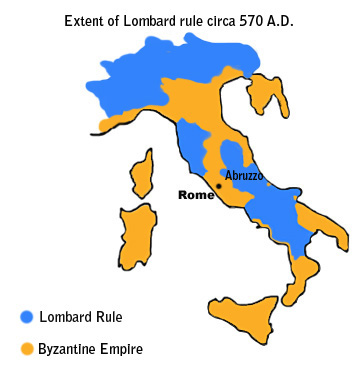
The Middle Ages in Abruzzo: Norman Conquest
By 1000 A.D. the Normans (Norse peoples from the Normandy region of France) advanced south and by the early 1100s controlled all of Southern Italy, (including Abruzzo) thus eliminating Lombard power, the independent duchies, Byzantine occupation and, the last Arab possessions in Italy. The Normans placed all this land under a Regnum Siciliae (Kingdom of Sicily) composed of people who were Norman, Byzantine Greek, Arab, Lombard and Sicilian. Norman influence on Italy and the Mediterranean is vast from its impact on western Christianity to Italian language and architecture to modern-day music instruction. The Norman dynasty ruled the Italian South until Germanic invaders ousted them in 1194.
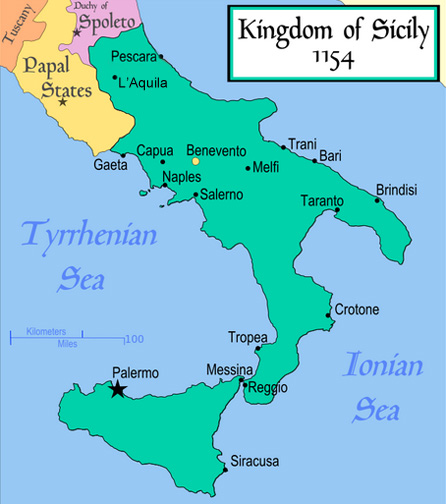
The Middle Ages in Abruzzo: the City of L’Aquila
In 1233, Frederick II (Germanic Swabian and Holy Roman Emperor) reorganized Abruzzo as a separate administrative area with Sulmona as its capital. In 1254 Frederick’s son, Conrad IV of Germany, founded L’Aquila. The city was completed in 1266. L’Aquila developed as a market city and supplied food to settlements in the valley and mountains and it was an employment hub for the agrarian-based zone. The Abruzzo mountain pastures were utilized in the summer for flocks of sheep that supplied wool. The wool was brought to merchants in L’Aquila where it was then sold throughout region.
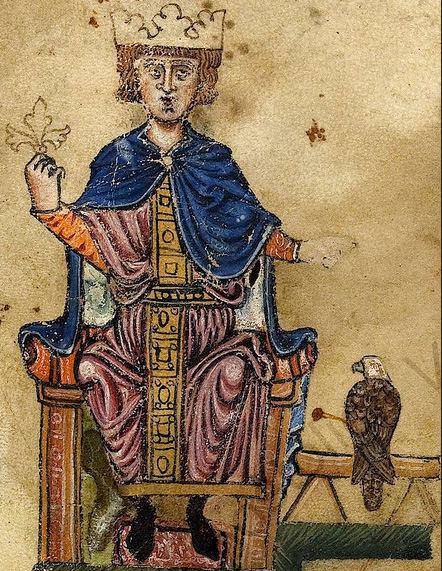
Conrad IV in 1337
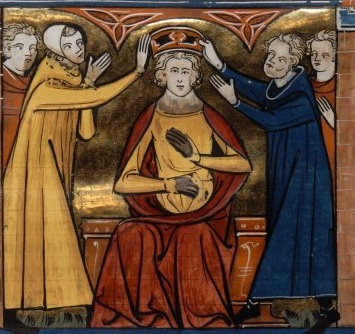
Fredrick II, Holy Roman Emperor and King of Sicily
The Middle Ages in Abruzzo: the church
Benedictine monks were important to Abruzzo from the 11th century onward. Testimonies of their presence include the Abbey of San Liberatore at Majella in Pescara and the Basilica of San Pelino at Corfinio (L'Aquila Province). The city of L’Aquila was also the site of the Catholic Diocese in Abruzzo. In 1105 the Abbey of San Clemente at Casauria (Pescara province) was rebuilt from an existing holy edifice on the site since 871 A.D. Historically, the Catholic Church in Abruzzo was fundamental to modern agrarian transformation and to the population growth among the region’s citizens.
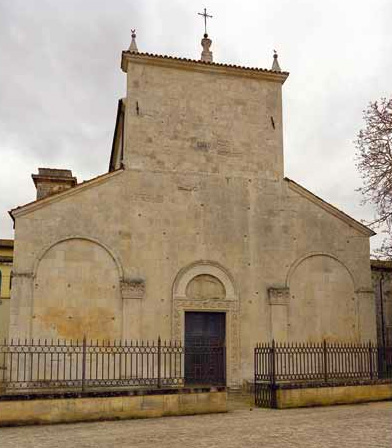
Basilica of San Pelino at Corfinio, Aquila
The Renaissance in Abruzzo: Spanish domination
Politically, Abruzzo was within in the Kingdom of Naples during the Renaissance. In 1442 the Kingdom of Naples fell under the control of the Kingdom of Aragon (in Spain). The Aragonese period lasted until 1501 when King Louis XII made an agreement with the Kingdom of Aragon to share its Southern Italian possessions. A combined French and Spanish army ended-up securing the Kingdom but it was the Spanish who ultimately gained total control. Spanish presence in Abruzzo is recognized by numerous fortifications in the region built for strategic importance and, for Spain’s need to secure itself against France during the period. In 1567 for example, the Spanish constructed a prominent fortress in the city of L’Aquila. Spanish domination in Abruzzo lasted until 1707 when the Austrians gained brief control of the region.
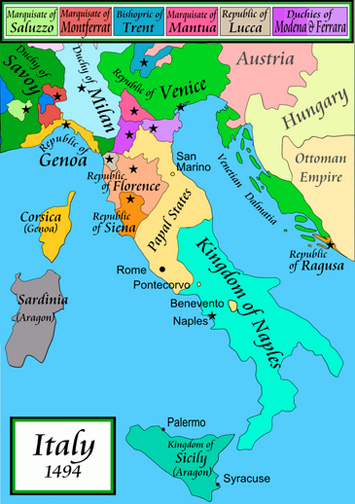
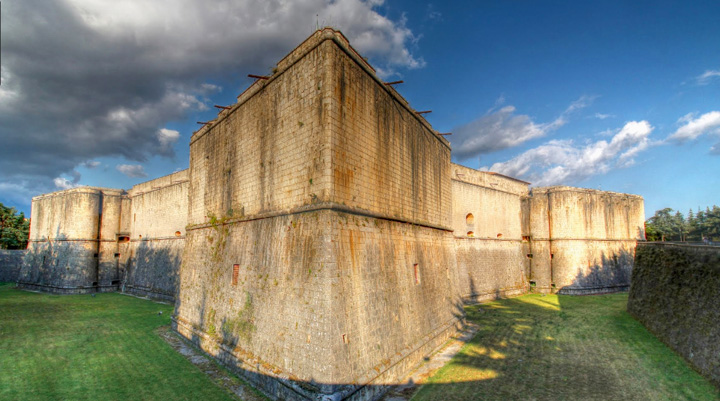
Spanish fortress in the city of L’Aquila. Constructed from 1534-1567. Photo by Roberto Boni
The Renaissance in Abruzzo: architecture and design
Construction became more open during the Renaissance while architectural elements were added to medieval structures as in the case of the Church of the Annunziata in Sulmona. The rise of prominent and noble families gave way to the construction of palaces in Sulmona, L’Aquila, Popoli and Tagliacozzo. Tuscan Renaissance style was seen in Abruzzo. Examples of it are the Basilica of San Bernardino in L’Aquila that is reminiscent of the Church of Santa Maria del Fiore in Florence; San Flaviano at Giulianova in Teramo Province and Santa Maria del Tricalle in Chieti Province.
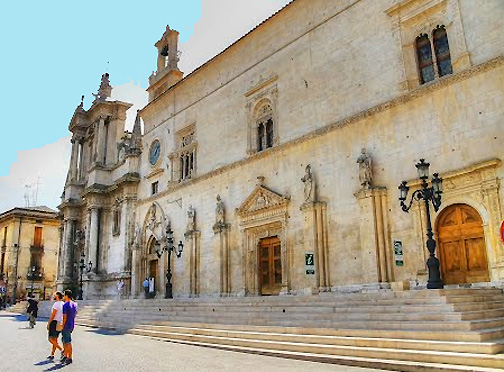
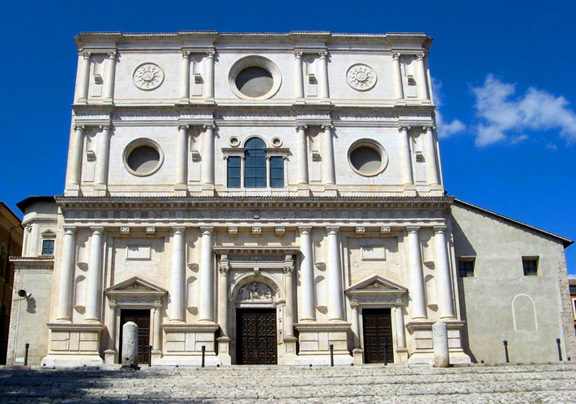
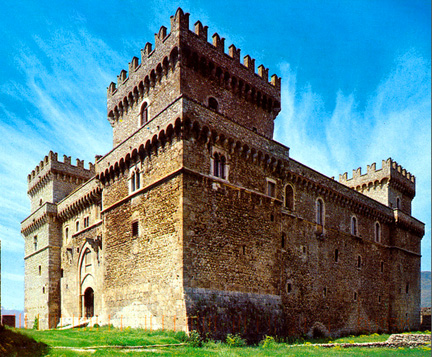
Return of the Spanish and the brief reign of Napoleon
Austria ceded Sicily and Naples to Spain in the 1730s but Spanish rule ended under Napoleon Bonaparte's brief reign (1806-1815). During this era, the Napoleonic civil structure replaced the Catholic Church's municipal power and additionally, feudalism was abolished. In 1806, Abruzzo was geographically divided into two sections: "Ultra I" had the city of Teramo as its capital while "Ultra II" had the city of L’Aquila as its capital.
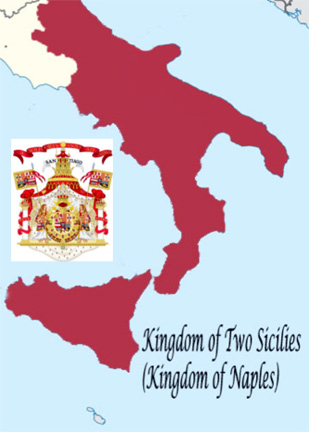
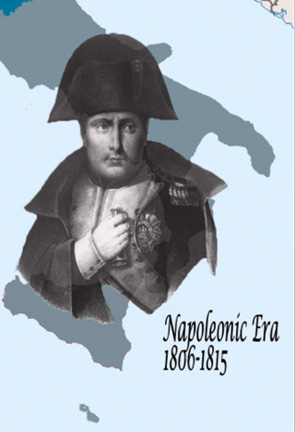
The Bourbon Dynasty and a path to unification
Napoleon’s defeat in 1815 brought back Spanish control but this time it was under the guise of the Bourbon Dynasty. The Papal States were returned to the pope’s control during this era and there was a flourishing of cultural and economic life. The post-Napoleonic period is considered Italy's link between the end of foreign domination and start of a burgeoning Risorgimento (Resurgence) that led to Italian unification.
The Bourbon era unfortunately brought civil unrest to Abruzzo and to other parts of the South. In Pescara for example, there were uprisings against Bourbon rule when a short-lived Repubblica Partenopea (Parthenopean Republic) was eliminated in 1799. Anti-Bourbon rebellions also occurred in the town of Penne in 1837.
Widespread resistance against the Bourbon Dynasty intensified when Giuseppe Garibaldi (1807-1882) invaded the South in 1860 in an effort to unite Italy. The Bourbons fought their last stand at Civitella del Tronto (Teramo Province) when that town's fortress surrendered to pro-unification armies in March 1861.
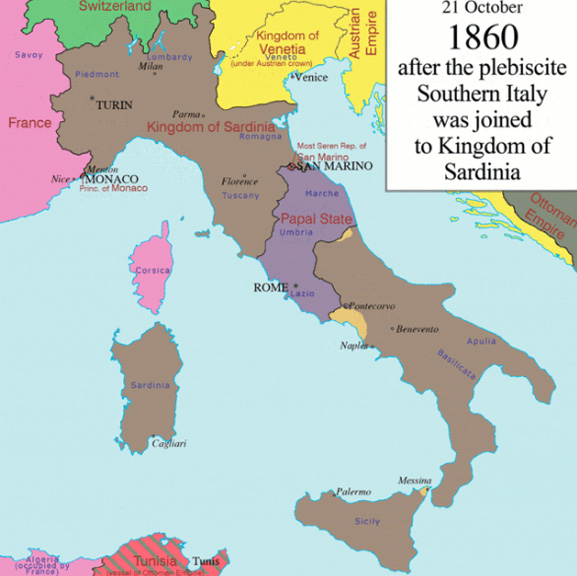
Abruzzo in the early 19th century
Following Italian unification, Vittorio Emanuele II was crowned King of Italy. In the post-unification era, Abruzzo gained valuable farmland when the Fucino Lake near the town of Avezzano was drained. Work was completed in 1878 by Alessandro Torlonia, a wealthy banker who secured ownership of the land as compensation for his expenses.
As Italy adjusted to the new era, growth and prosperity blossomed in the urban zones. In Abruzzo, its cities entered a period of cultural and economic expansion but in the Italian countryside, unemployment and lack of social mobility remained for the working class. Deprivation in rural areas was exacerbated by the termination of Abruzzo's Transumanza economy-- the seasonal migration of sheep and the finances earned from processing their wool. As the economy shrank in Abruzzo there was a mass emigration of families who sought a better life in other parts of the world.
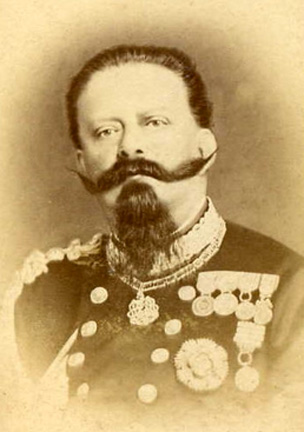
King Vittorio Emanuele II
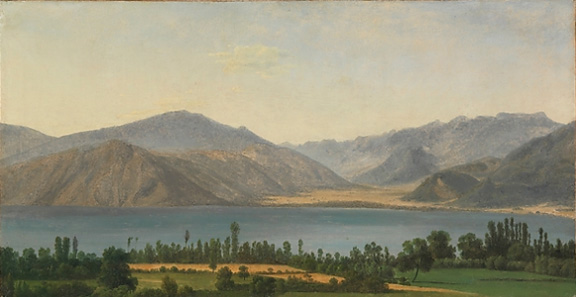
“Fucino Lake”. Image from the Whitney Collection, 2003.

